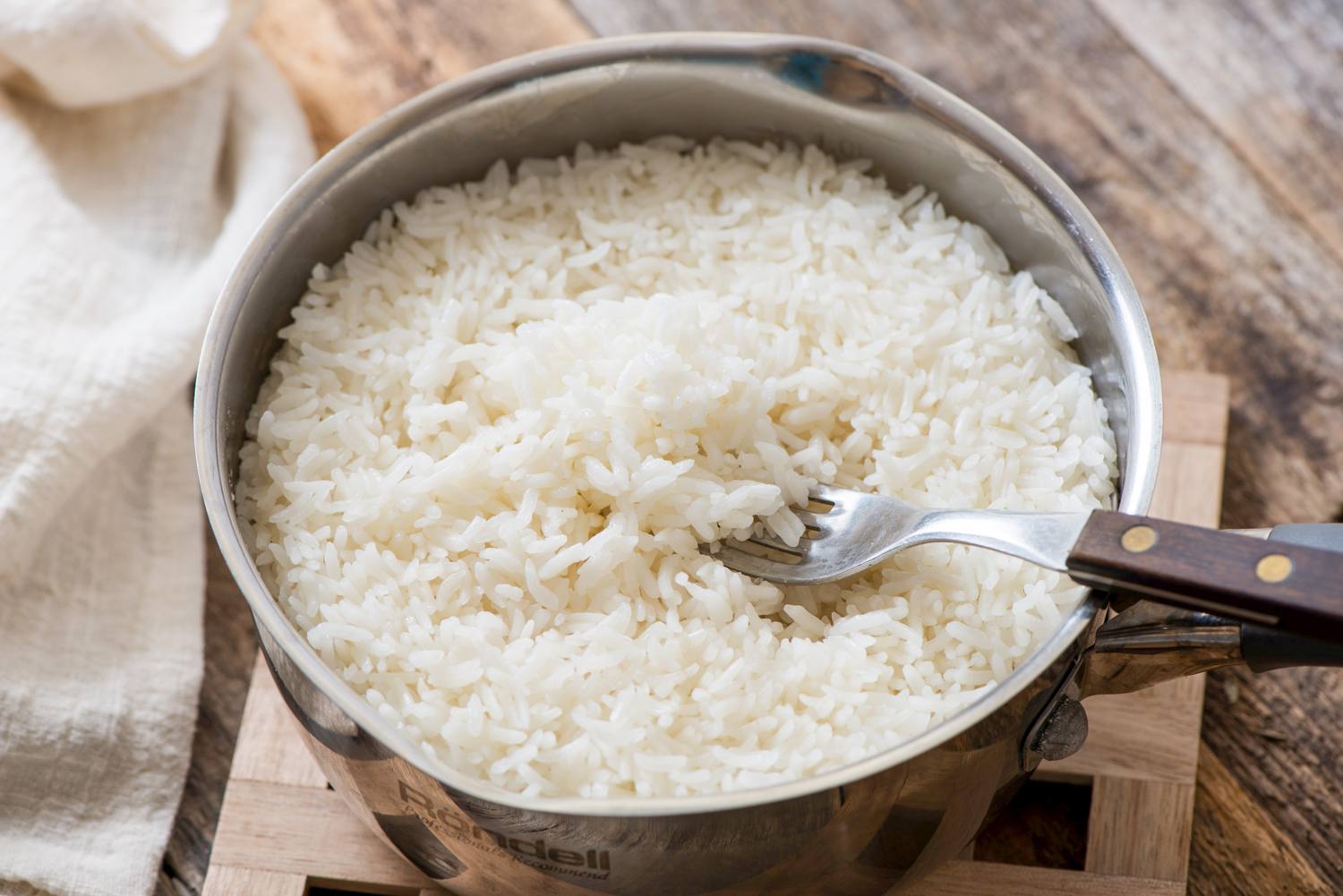

Articles
How To Store Jasmine Rice
Modified: August 31, 2024
Learn the best methods for storing jasmine rice to keep it fresh and flavorful. Our informative articles provide step-by-step instructions and expert tips to ensure your rice stays delicious for longer.
(Many of the links in this article redirect to a specific reviewed product. Your purchase of these products through affiliate links helps to generate commission for Storables.com, at no extra cost. Learn more)
Introduction
When it comes to cooking delicious meals, having the right ingredients is essential. One staple ingredient found in many households is jasmine rice. Known for its fragrant aroma and delicate texture, jasmine rice is a versatile grain that pairs well with a wide range of dishes. However, to fully enjoy its flavor and texture, proper storage is crucial.
Storing jasmine rice correctly not only helps maintain its freshness but also prevents it from spoiling or getting infested by insects. This article will guide you on how to store jasmine rice properly to ensure its longevity and preserve its quality.
Key Takeaways:
- Proper storage of jasmine rice is crucial for maintaining its freshness and quality. Choose airtight containers, store in a cool, dry place, and take preventive measures against insects to extend its shelf life.
- Regularly inspect jasmine rice for spoilage indicators such as odor, color, texture, and pests. When in doubt, discard the rice to ensure safety and enjoy fresh, fragrant jasmine rice in your meals.
Choosing the Right Container
When it comes to storing jasmine rice, the container you choose plays a vital role in preserving its freshness. Here are some factors to consider when selecting the right container for your rice:
- Airtight: Opt for an airtight container that can seal out moisture, air, and insects. This will help protect the rice from spoiling and keep it fresh for a longer duration.
- Material: Choose a container made of a food-safe material such as glass, stainless steel, or BPA-free plastic. Avoid containers that may leach harmful chemicals into the rice.
- Size: Consider the amount of jasmine rice you typically use to determine the container size. It’s best to store rice in smaller quantities to prevent it from going stale.
Using resealable bags or mason jars with tight-fitting lids are popular options for storing jasmine rice. These containers provide an efficient way to keep the rice fresh and free from contaminants.
Proper Storage Conditions
Creating the right environment for jasmine rice storage is essential for maintaining its quality and freshness. Here are some important storage conditions to keep in mind:
- Temperature: Store jasmine rice in a cool, dry place with a stable temperature. Ideally, the temperature should be around 70°F (21°C). Avoid exposing rice to direct sunlight or extreme temperature fluctuations.
- Humidity: Rice is highly susceptible to moisture, which can cause it to spoil and attract insects. Keep your rice container in a low humidity area, away from sources of moisture such as the sink or stove.
- Light: Exposure to light can lead to the degradation of rice quality. Store your jasmine rice in a container that is opaque or keep it in a dark pantry or cupboard.
- Avoid Oxygen Exposure: Oxygen can cause the rice to become rancid over time. Make sure the container you choose provides a tight seal to prevent oxygen from entering.
Following these storage conditions will help preserve the flavor, texture, and nutritional value of jasmine rice for a longer period of time.
Keeping Rice Fresh
Properly storing jasmine rice is just the first step in maintaining its freshness. Here are some additional tips to keep your rice fresh:
- Transfer to airtight containers: If your jasmine rice comes in a paper or plastic bag, it’s best to transfer it to an airtight container once opened. This will provide better protection against moisture and insects.
- Avoid frequent exposure: Limit the amount of time you keep the rice container open. Opening and closing the container frequently allows air and moisture to enter, which can lead to the rice losing its freshness.
- Use a rice scoop: Instead of reaching into the rice container with your hands or a wet measuring cup, use a dry rice scoop. This prevents any moisture from transferring to the rice and helps maintain its dryness.
- Rotate older rice: If you have multiple containers of jasmine rice, it’s important to use the older rice first. This ensures that the rice is consumed before it reaches its expiration date.
- Store in smaller quantities: Rather than storing a large quantity of rice in a single container, portion it out into smaller containers or bags. This helps maintain the freshness of the unopened portions of rice.
By following these practices, you can extend the shelf life of jasmine rice and enjoy it at its best quality.
Store jasmine rice in an airtight container in a cool, dry place away from direct sunlight. This will help to maintain its freshness and prevent it from absorbing any unwanted odors.
Preventing Insects and Contamination
One common concern when storing rice is the risk of insects infesting the grains. To prevent insect contamination and ensure the quality of your jasmine rice, consider the following measures:
- Clean storage area: Before storing your rice, make sure the storage area is clean and free from any debris or spilled grains. Cleaning the shelves or cabinets where you store the rice regularly helps eliminate potential attractants for insects.
- Bay leaves or cloves: Placing a few bay leaves or cloves in your rice container can act as a natural deterrent against insects. These aromatic leaves and spices are known to repel pests and keep them away from your rice.
- Freezing treatment: If you want to take extra precautions against insects, you can freeze your rice for a few days before storing it. Freezing kills any potential insect eggs or larvae that may be present in the rice.
- Inspect before use: Before cooking jasmine rice, always inspect it for any signs of insect activity or contamination. Look for any discoloration, webbing, or peculiar odors. If you notice anything unusual, discard the rice.
By implementing these preventative measures, you can minimize the risk of insects infesting your jasmine rice and maintain its quality for a longer duration.
Read more: How To Care For Jasmine Plants Outdoor
Duration of Storage
The shelf life of jasmine rice can vary depending on several factors, including the quality of the rice, storage conditions, and packaging. On average, properly stored jasmine rice can maintain its quality for up to 1-2 years.
It’s important to note that while jasmine rice can still be consumed beyond the recommended time frame, its quality may gradually deteriorate. The rice may lose its aroma, flavor, and texture, becoming drier and less desirable to eat.
If you’re unsure about the age of your jasmine rice, it’s a good practice to rotate your stock and use older rice first to ensure freshness.
Additionally, it’s worth mentioning that cooked jasmine rice has a shorter shelf life compared to uncooked rice. Cooked rice should be stored in the refrigerator and consumed within 3-4 days to minimize the risk of foodborne illnesses.
Remember to always check for any signs of spoilage, including an off smell, discoloration, or mold, before consuming stored jasmine rice.
Proper storage and adherence to the recommended storage durations will help you maintain the quality and freshness of your jasmine rice for as long as possible.
Checking for Spoilage
While properly stored jasmine rice can have a long shelf life, it’s essential to periodically check for signs of spoilage before consuming it. Here are some indicators to look out for:
- Odor: Give the rice a sniff test. If you notice any foul or off-putting odor, it may be an indication of spoilage.
- Color: Jasmine rice should have a consistent white or off-white color. If you notice any discoloration, such as yellow or brown patches, it could be a sign of spoilage or mold growth.
- Texture: Feel the rice grains between your fingers. If you notice any unusual stickiness, clumping, or sliminess, it’s best to discard the rice as these are signs of spoilage.
- Pests: Inspect the rice for any signs of insect activity, such as live bugs, webs, or larvae. If you spot any pests, it’s important to dispose of the rice to avoid consuming contaminated grains.
If you come across any of these spoilage indicators, it’s recommended to err on the side of caution and discard the rice to ensure your safety and well-being.
Remember, when in doubt, it’s always better to be safe than sorry. Maintaining proper storage practices and regularly assessing the quality of your jasmine rice will help you avoid consuming spoiled or contaminated grains.
Conclusion
Properly storing jasmine rice is essential to maintain its freshness, flavor, and quality. By choosing the right container, ensuring proper storage conditions, and taking preventive measures against insects and contamination, you can prolong the shelf life of your rice and enjoy it at its best.
Remember to store the rice in an airtight container, preferably made of glass, stainless steel, or BPA-free plastic. Keep it in a cool, dry place away from direct sunlight and fluctuating temperatures. Avoid exposing the rice to moisture or oxygen, as these can lead to spoilage and decreased quality.
By practicing good rice storage habits and periodically inspecting the rice for signs of spoilage or pest infestations, you can ensure that your jasmine rice stays fresh and safe to consume.
Now that you have a comprehensive understanding of how to store jasmine rice, you can confidently stock up on this versatile grain and enjoy it in various culinary creations. Remember to use older rice first, store it in smaller quantities, and rotate your stock to maintain freshness.
Happy cooking and enjoy your deliciously fragrant jasmine rice!
Frequently Asked Questions about How To Store Jasmine Rice
Was this page helpful?
At Storables.com, we guarantee accurate and reliable information. Our content, validated by Expert Board Contributors, is crafted following stringent Editorial Policies. We're committed to providing you with well-researched, expert-backed insights for all your informational needs.



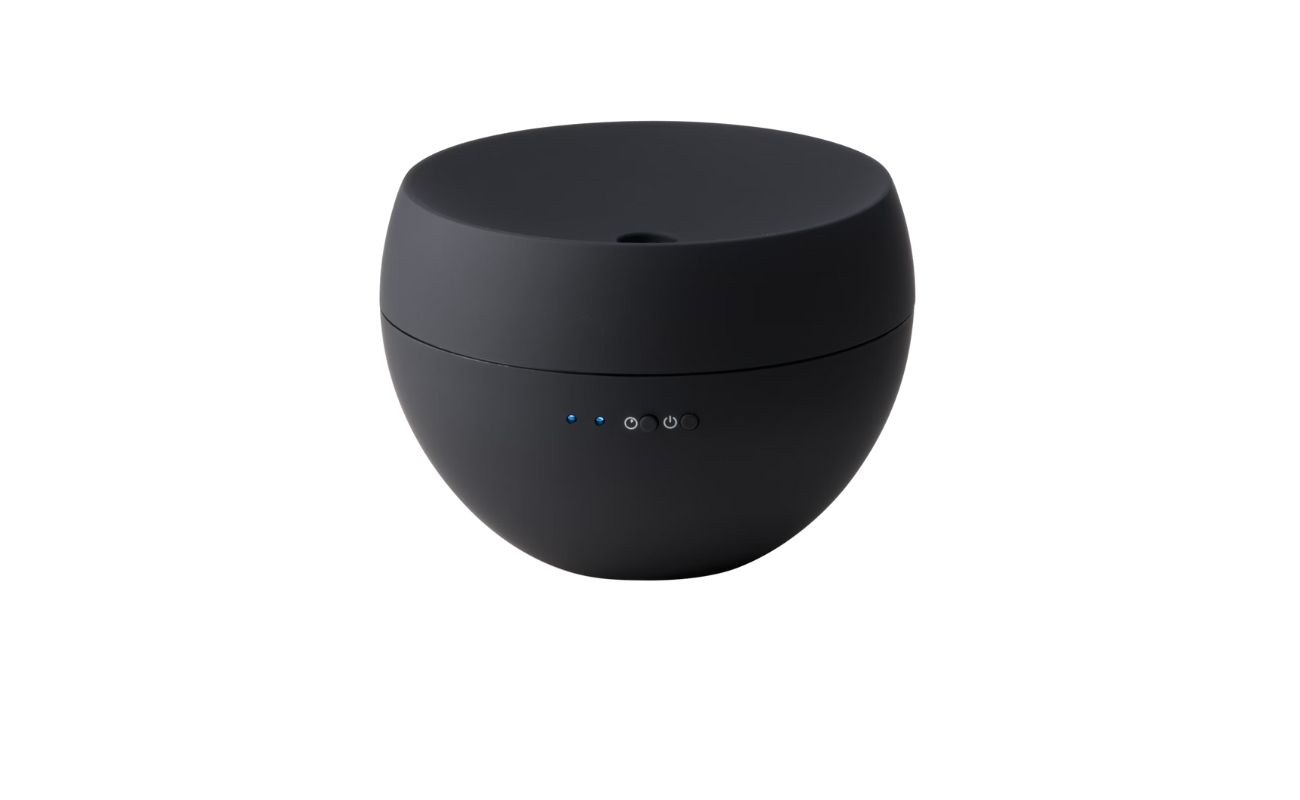
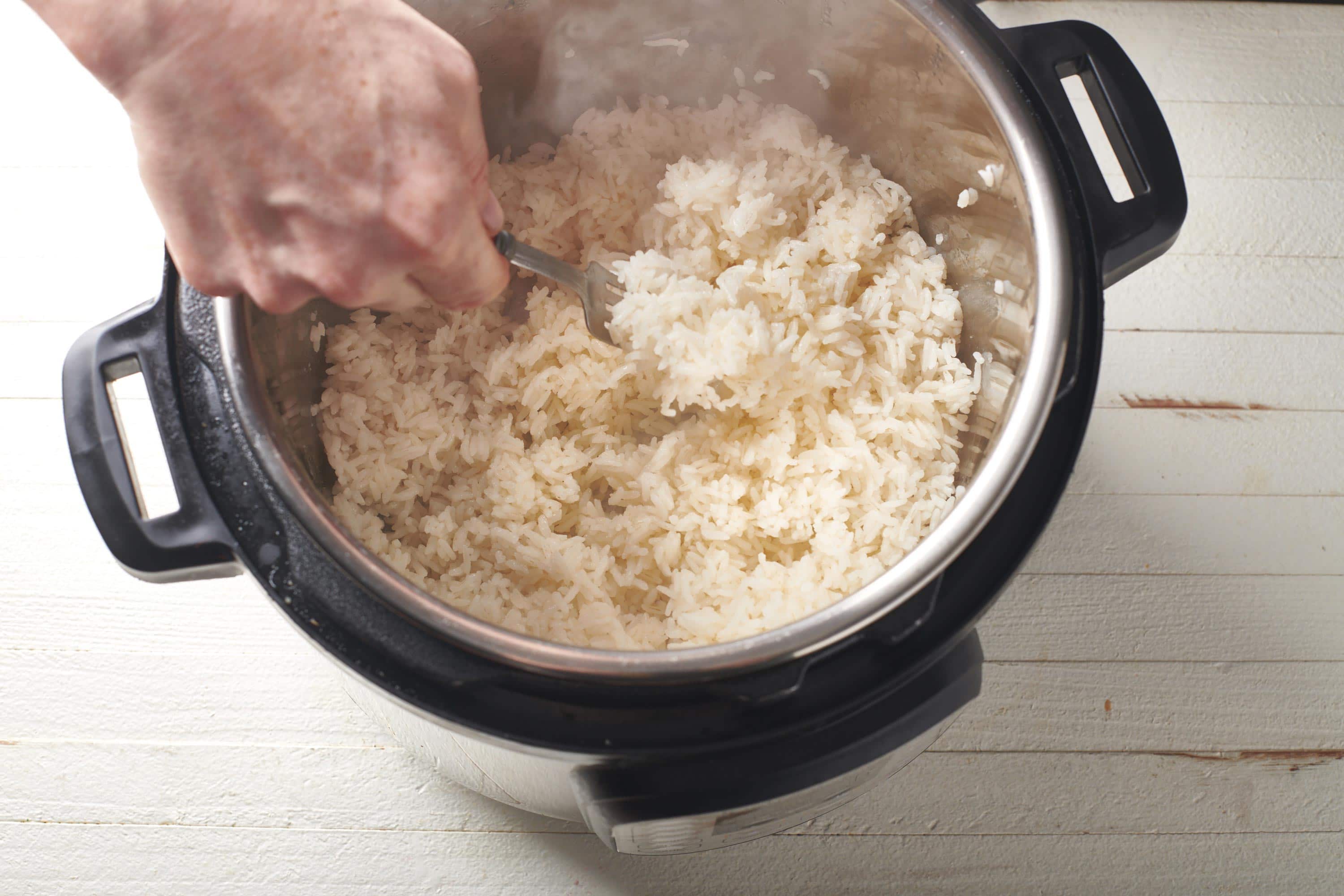
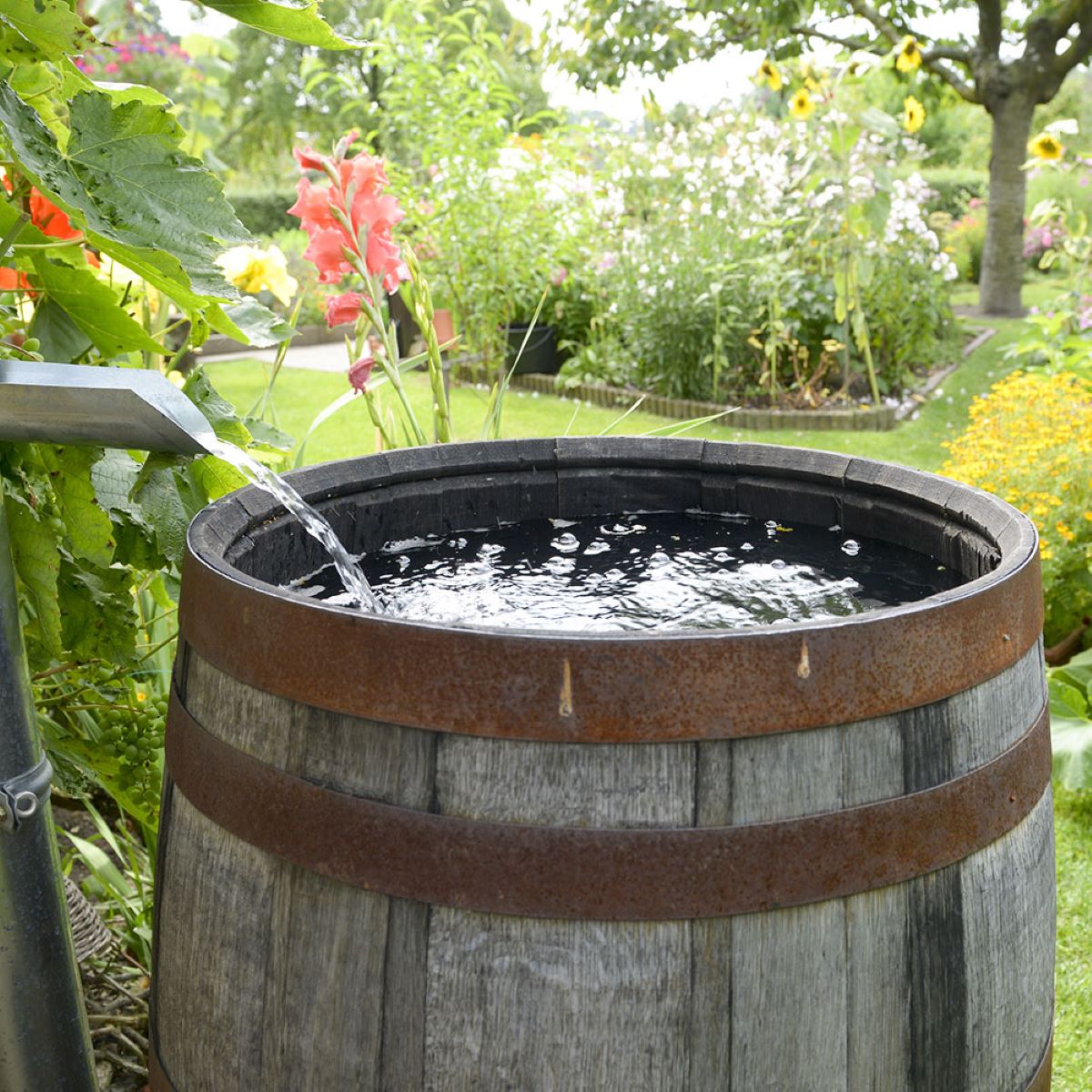
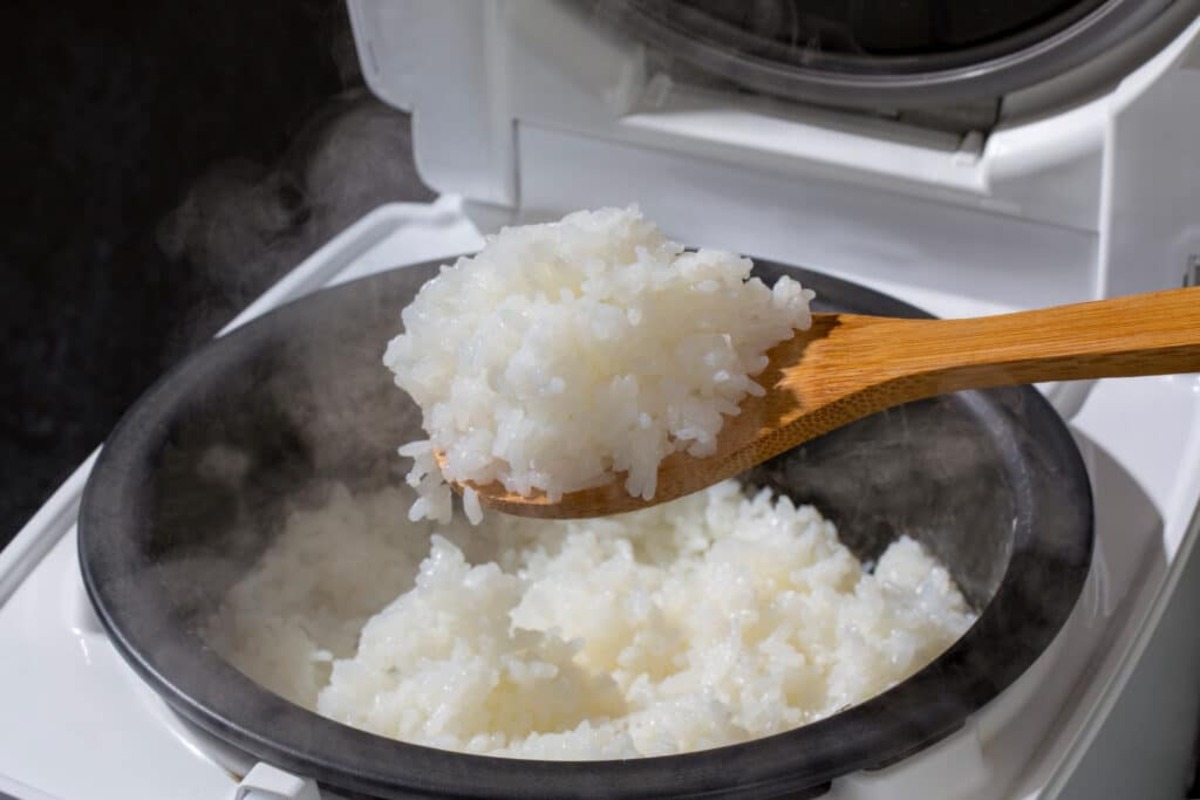
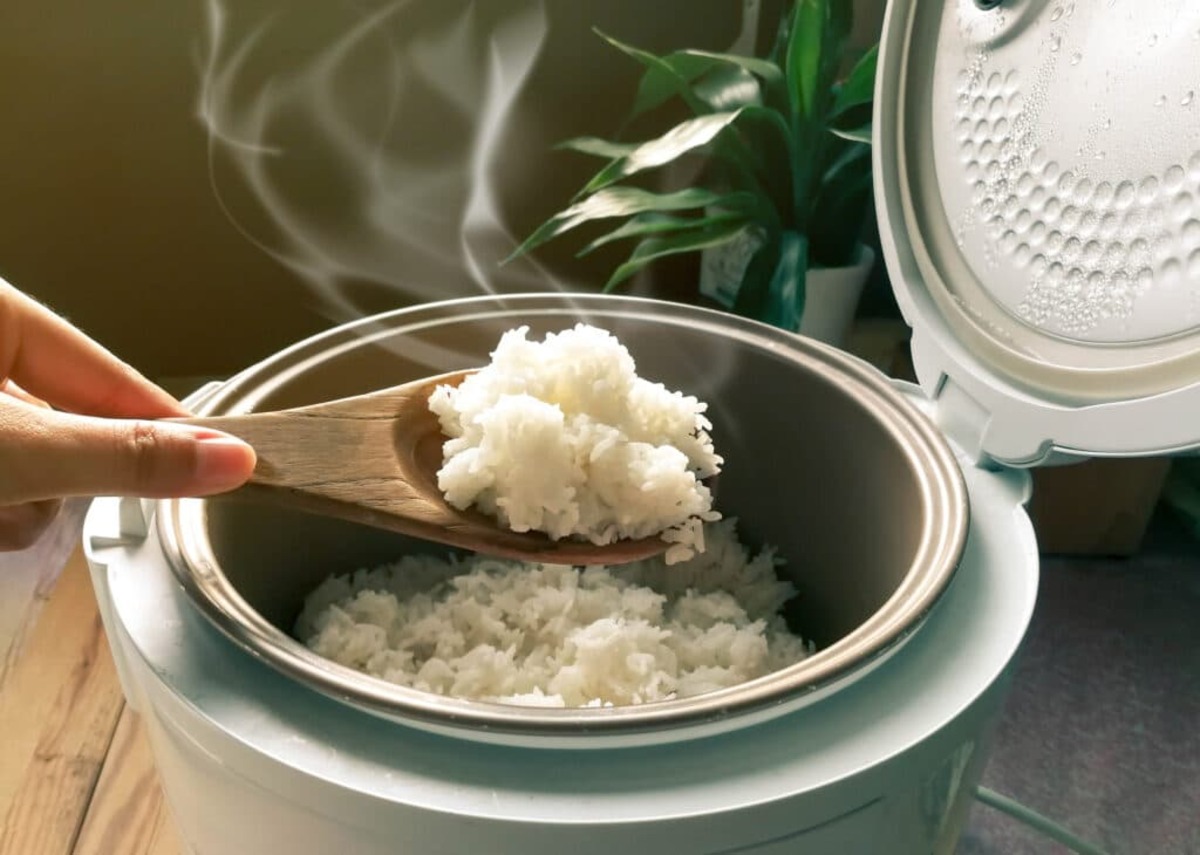
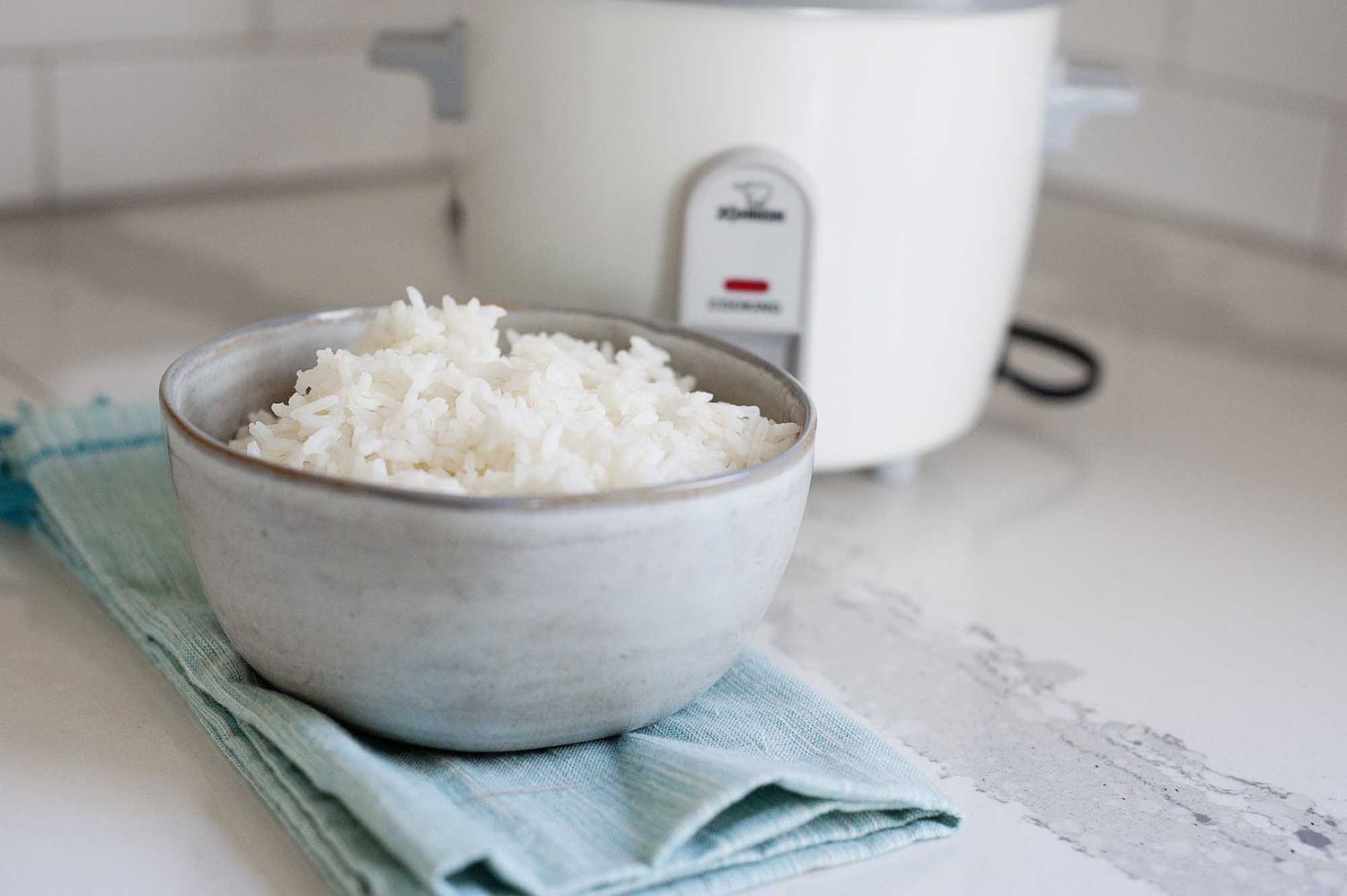

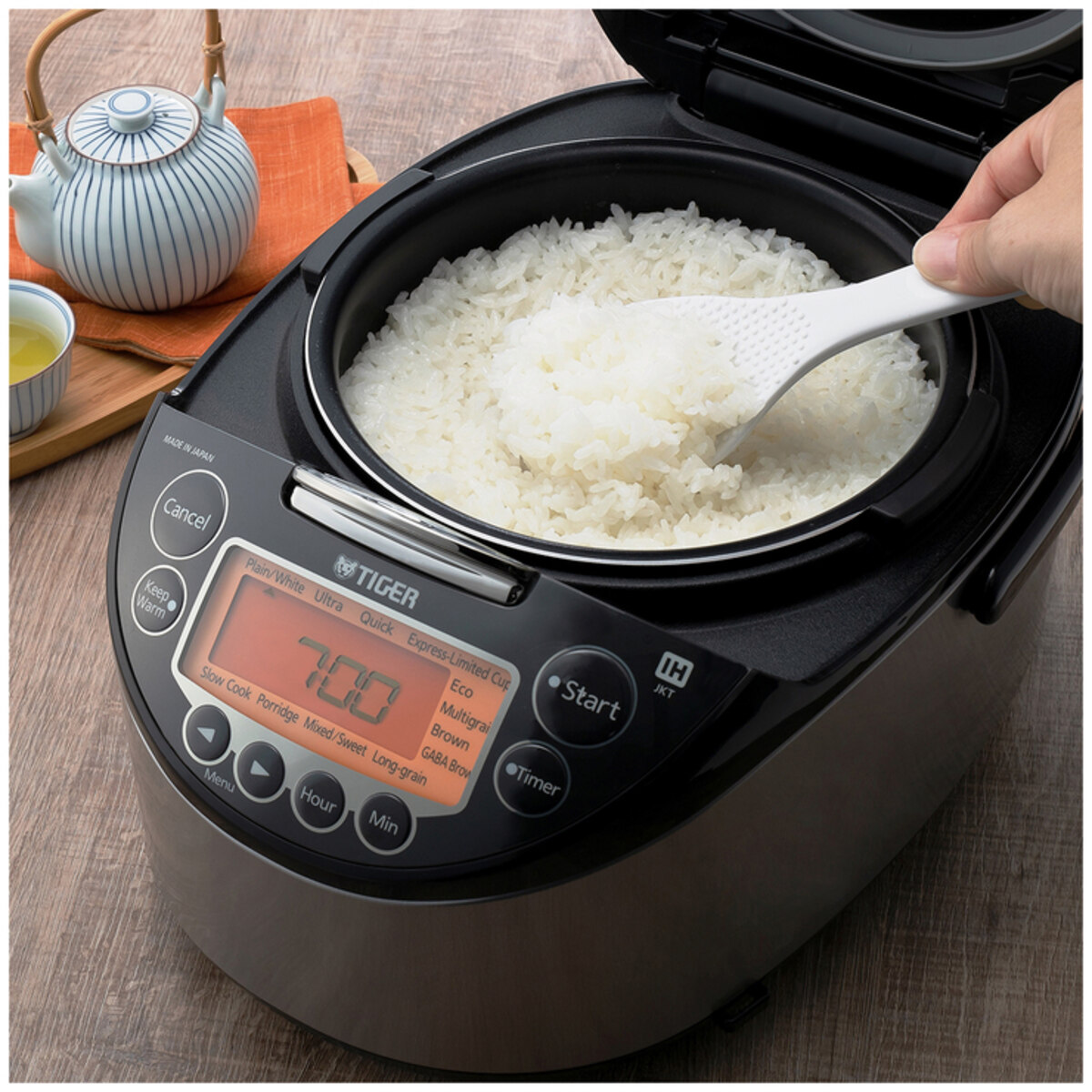
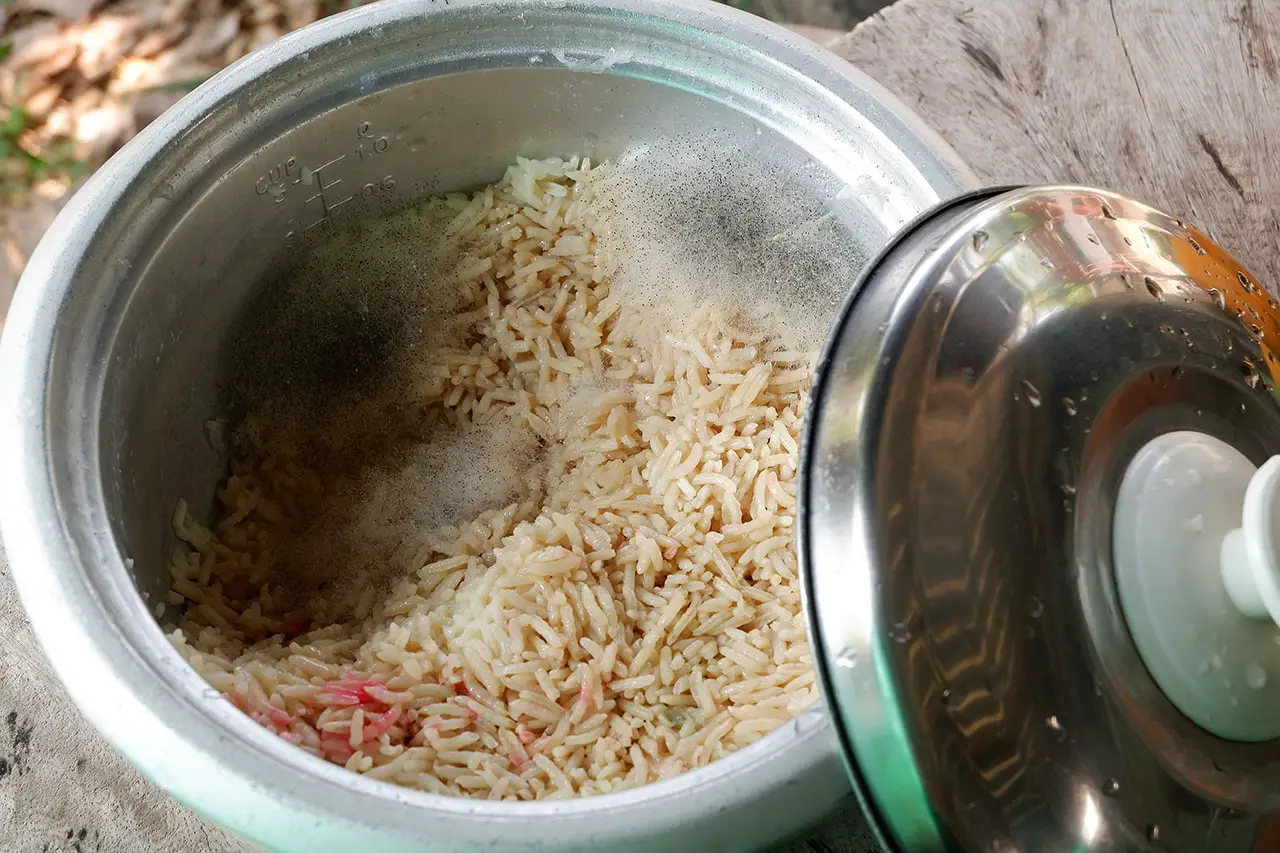

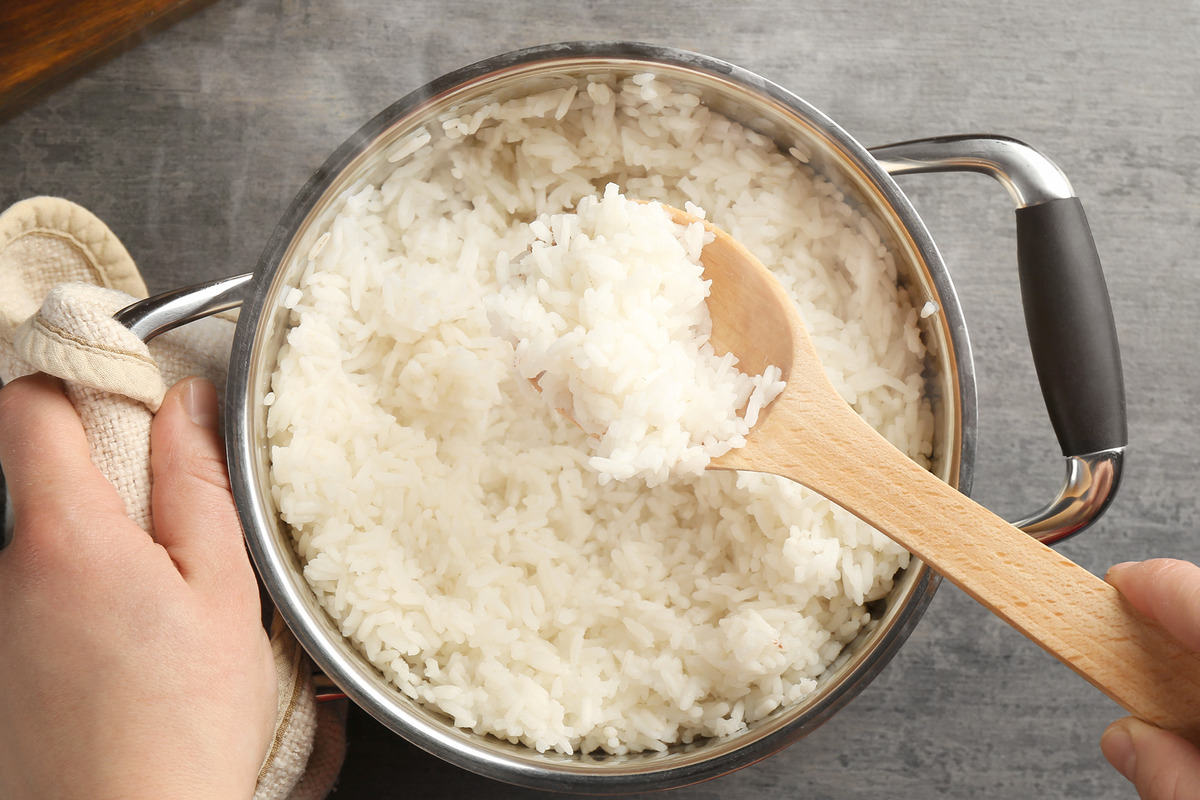

0 thoughts on “How To Store Jasmine Rice”